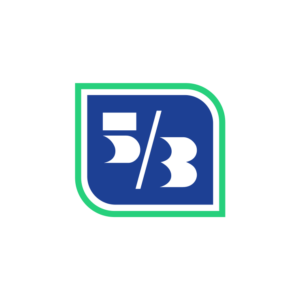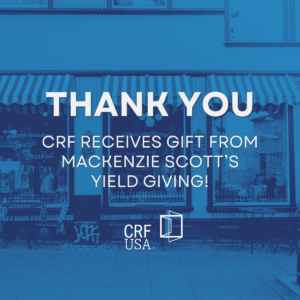By: Frank Altman, founding CRF CEO
2020 revealed that there is still much work to be done to help under-resourced communities battle the devastating impact of COVID-19. But thanks to the hard work and dedication of small business owners, state and local governments, and the financial services industry, new opportunities were revealed in the face of unprecedented challenges.
It is against a backdrop of deepening racial and economic inequality that we all must continue to think strategically about the community and economic impacts that we seek to achieve in order to build thriving and inclusive communities. As the country confronts a growing racial and economic wealth gap, community development and finance professionals should redouble their efforts to drive equity capital to black, indigenous and other people of color (BIPOC) and under-resourced entrepreneurs in order to build intergenerational and community wealth.
There were several bright spots in 2020 that will continue into 2021, including the advancing role of Community Development Financial Institutions (CDFIs) to direct capital where it’s most needed. We have also seen how the power of technology can improve access across the digital divide that shuts many under-resourced businesses out of the financing system. Through ingenuity, innovation and partnership, public, private and philanthropic sources have joined together to create unique economic relief programs that went beyond the federal Paycheck Protection Program (PPP) scope and focused on communities of need.
Federal relief efforts have increasingly emphasized the role that CDFIs and other mission-based lenders are playing as part of the economic recovery. In addition to a new round of PPP funding and a new “second draw” option for borrowers that already received a PPP loan, the spending bill passed in late December 2020 also includes updates to the Opportunity Zone tax provision, and an extension of the New Markets Tax Credit (NMTC) program. Perhaps most importantly, the new law included $12 billion in new resources for CDFIs, including $3 billion in emergency CDFI Fund grant dollars and another $9 billion targeted to minority lending institutions.
These new provisions will fuel the ground-level work that CRF and its CDFI partners are doing – in Chicago, New York, California, Rhode Island and other geographies – to bring the full value of CDFIs to bear on the immense economic challenges our communities are facing. These public/private relief initiatives are built from the ground up, informed by the communities they are designed to serve.
Since early 2020, the small business community has exhibited a level of resilience unseen since the greatest recessions in our history. As owners rethink their business models in light of pandemic-related safety restrictions, they are also adapting their businesses “on the fly” to ensure they are sustainable both during and after the pandemic.
Part of this new, adaptive model of small business growth includes tapping into new sources of expertise and capital – including many of the programs and partnerships mentioned above – and staying connected to expert resources within and outside of the communities where they operate. CDFIs, community development centers, business service organizations, and many others are providing critical, collaborative leadership to help small businesses, one which will only grow stronger as the year continues.
As economic growth continues to ebb and flow, these community-driven approaches to economic recovery – as part of a continuum of strategies and partnerships that create real and lasting change in the community economic development ecosystem – can inspire economic justice and opportunity for all.
In 2021, we must be forward-looking and forward-thinking. We must continue to innovate, with technology and with community engagement, and position the industry to think big and act big to solve big challenges.


